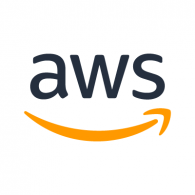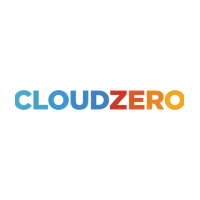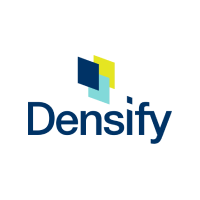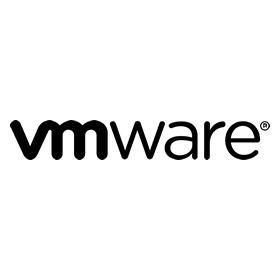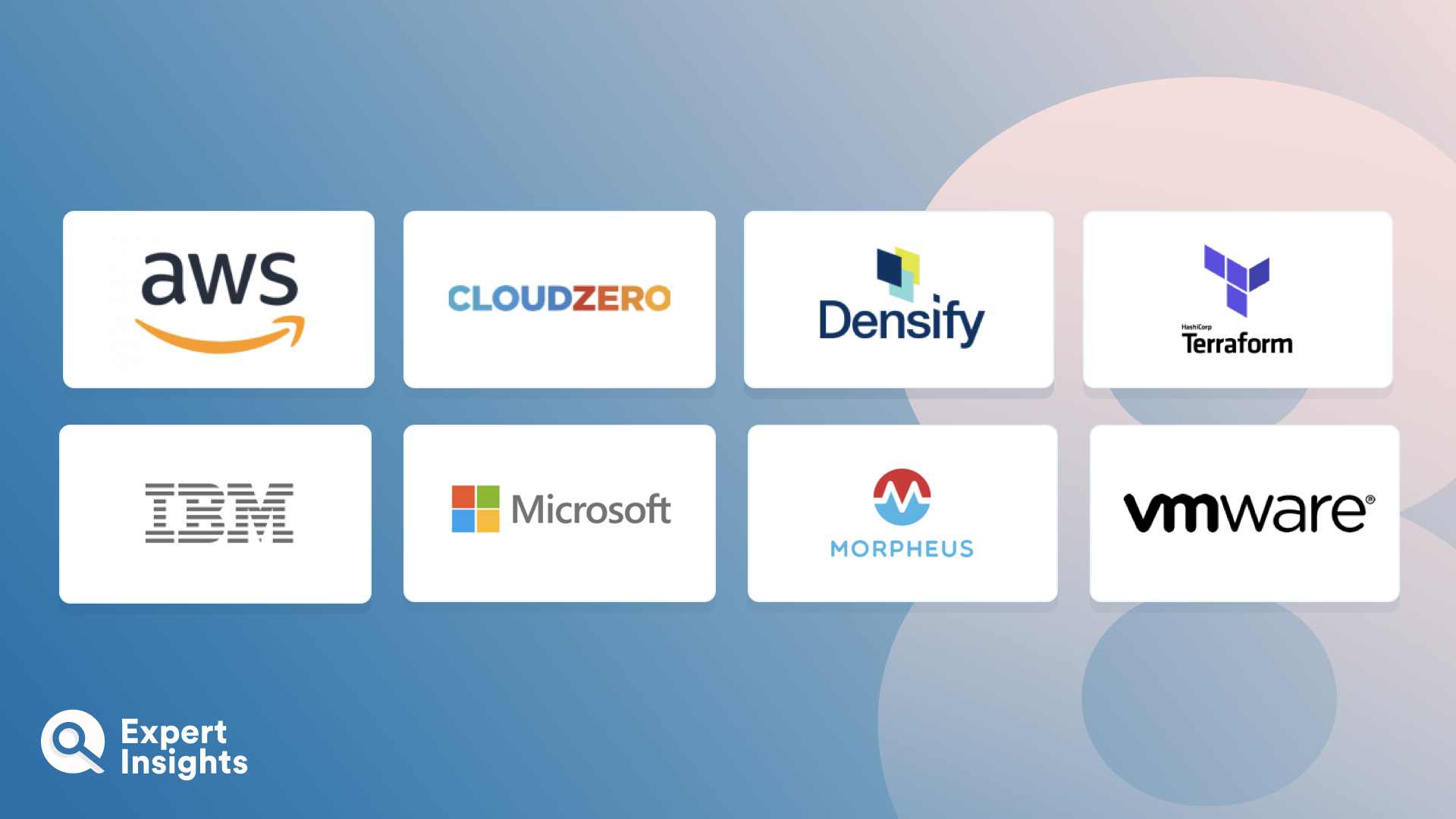Cloud cost management (sometimes referred to as cloud cost optimization) is the process of analyzing and planning surrounding cloud infrastructure to ensure processes are working optimally. Cloud cost management makes it possible for organizations to better understand and manage the demands and costs associated with cloud technologies. It tends to involve finding the most cost-effective way to maximize cloud usage and efficiency. At the same time, cloud cost management also ensures that you are investing in the necessary areas to result in comprehensive coverage and are not going to have capacity issues. Ultimately, it’s about ensuring that you have the right balance between cost and service.
As cloud infrastructure becomes more complex and integrated, it becomes ever more difficult to keep track of spending and value for money. Most public cloud models operate on a “pay for what you use” model. In theory, this is great. It means that you are only charged for the technology and capacity that you use. With proper management, this can result in significant cost savings compared with a limited, subscription model. However, if usage is not closely monitored and managed, it is very easy for spending to spiral. You may be paying to store information that you either don’t need to store or is already stored on-premises.
So, it is important for organizations to ensure that they have oversight of their cloud strategy, ensuring that all spending is necessary and accounted for. This is where a cloud cost management tool is an invaluable asset.
In this article, we’ll explore the top cloud cost management solutions available on the market. We’ll look at the key features that they offer, including the ability to collect, consolidate, and visually present data to make choosing the best solution for your organization easier.



